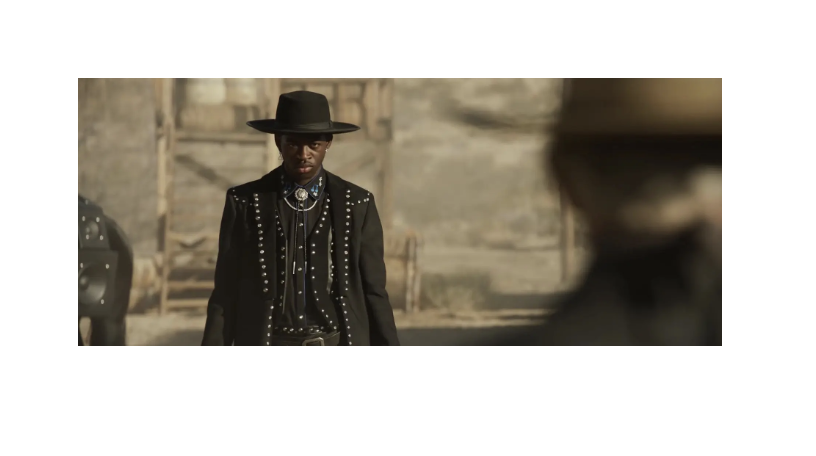First Published By: The New York Times
Who won the Super Bowl?
Technically, the Kansas City Chiefs. But to the brands that shelled out millions to place commercials on the broadcast, the big question is, which ad took the top spot?
Was it Bill Murray, playing a jovial version of his jaded TV weatherman character in a Jeep commercial that was a takeoff to the 1993 comedy “Groundhog Day”? Or was it Google, with its tear-jerking tale of an old-timer trying to recall his longtime love?
Maybe Hyundai’s Boston-besotted “Smaht Pahk” commercial hit home with viewers beyond the paht of the country where the “r” sound is often dropped? And what about the Western dance-off duel between Sam Elliott and Lil Nas X?
Take your pick.
More than a dozen rankings emerged after Pat Mahomes led the heartland team over the San Francisco 49ers on Sunday night. And each one claims to have identified the most successful ad that ran during the broadcast, which brought Fox an audience of 99.9 million.
The rankings help extend the promotional spectacle of the Super Bowl, which includes the fanfare around the halftime entertainment and the weekslong process of teasing game-time commercials.
Commercials from Jeep, Google, Hyundai and Doritos were the ones that popped up the most — but the lists did not agree on which of the four deserved the top spot.
Top picks, but no clear winner
Using an array of differing metrics, companies tried to judge a fundamentally subjective contest — finding the best ad among more than 80 big-budget commercials.
Ad Meter, which counts public votes from a website hosted by USA Today, gave the crown to the Jeep commercial with Mr. Murray. YouTube announced that the top ad, as measured by worldwide views through 10 p.m. eastern on Sunday, was the Amazon commercial featuring the ubiquitous pitchwoman Ellen DeGeneres and her wife, Portia de Rossi, pondering what life was like in the time before Amazon’s Alexa voice assistant.
Twitter’s Brand Bowl measure concluded that Google was the fan favorite for driving “the highest overall positivity.”
Salesforce analyzed comments and images on social media and found that President Trump’s campaign ad about criminal justice reform generated the most mentions around the world, with 75.6 percent expressing positive sentiment (the same ad was ranked last by Ad Meter voters).
A Special Panel Convenes
At the New York office of the McCann agency, a panel of more than a dozen advertising executives gathered Monday morning to make their own determination.
Considering factors such as the creative bravery of the ads and the likely difficulty of production, the group deemed the winner of the sixth annual Super Clio award — an offshoot of the industry’s coveted Clio Awards — to be a Snickers commercial that showed a giant candy bar being dropped into a gaping hole as a crowd of people sang.
Let’s Talk About Feelings
Other companies tried to measure the emotional effect.
Ipsos, a research company, invited 40 people to a Super Bowl screening in New York and fitted their wrists and fingers with various gizmos to “passively capture galvanic skin response.” By this scheme, the Doritos commercial with Lil Nas X and Mr. Elliott was the best of the broadcast.
A similar measurement, by the video ad technology company Unruly, declared Google’s tear-jerker about loss the “most effective” commercial of the game. Among the factors the company considered was “emotional intensity.”
In the End … Who Knows?
“At best,” such rankings “tell only part of the story,” said Alixandra Barasch, an assistant marketing professor at the New York University Stern School of Business.
“Everyone wants certain answers about ad effectiveness, and almost no one has them,” she said in an email. “But with so little agreement over how to measure effectiveness and impact, everyone can find some way to claim success and advance their own interests.”
Long after the current crop of commercials has been forgotten, the companies that come up with the lists of top ads often use the rankings to promote their proprietary metrics. The rankings also give ad agencies and their clients bragging rights.
“The lack of true accountability presents a lot of opportunities,” Ms. Barasch said.
Companies spent an estimated $435 million on the 2020 Super Bowl ads, a record, according to the research firm Kantar. Anheuser Busch likely spent $41 million, while PepsiCo spent $31 million. Some companies invested as much as $5.6 million on 30 seconds of airtime, more than double the cost of an equivalent ad during the Oscars broadcast.
Researchers have waffled on whether the commercials are worth the cost. Jay Pattisall, a Forrester analyst, wrote in a recent blog post that the price of a Super Bowl ad was disproportionate to its returns.
The Harvard Business Review once claimed that a Super Bowl ad “is the equivalent of lighting money on fire.” Researchers from Google and Microsoft said in 2013 that companies would always struggle to justify an investment in a game-time ad, citing what they called the “Super Bowl Impossibility Theorem.”
And with so many ways to measure success, how can a company prove that an ad is serving its purpose?
“That may not be truly measurable for weeks or even months,” said Mark Taylor, the chief creative officer of the Mering ad agency in California.




